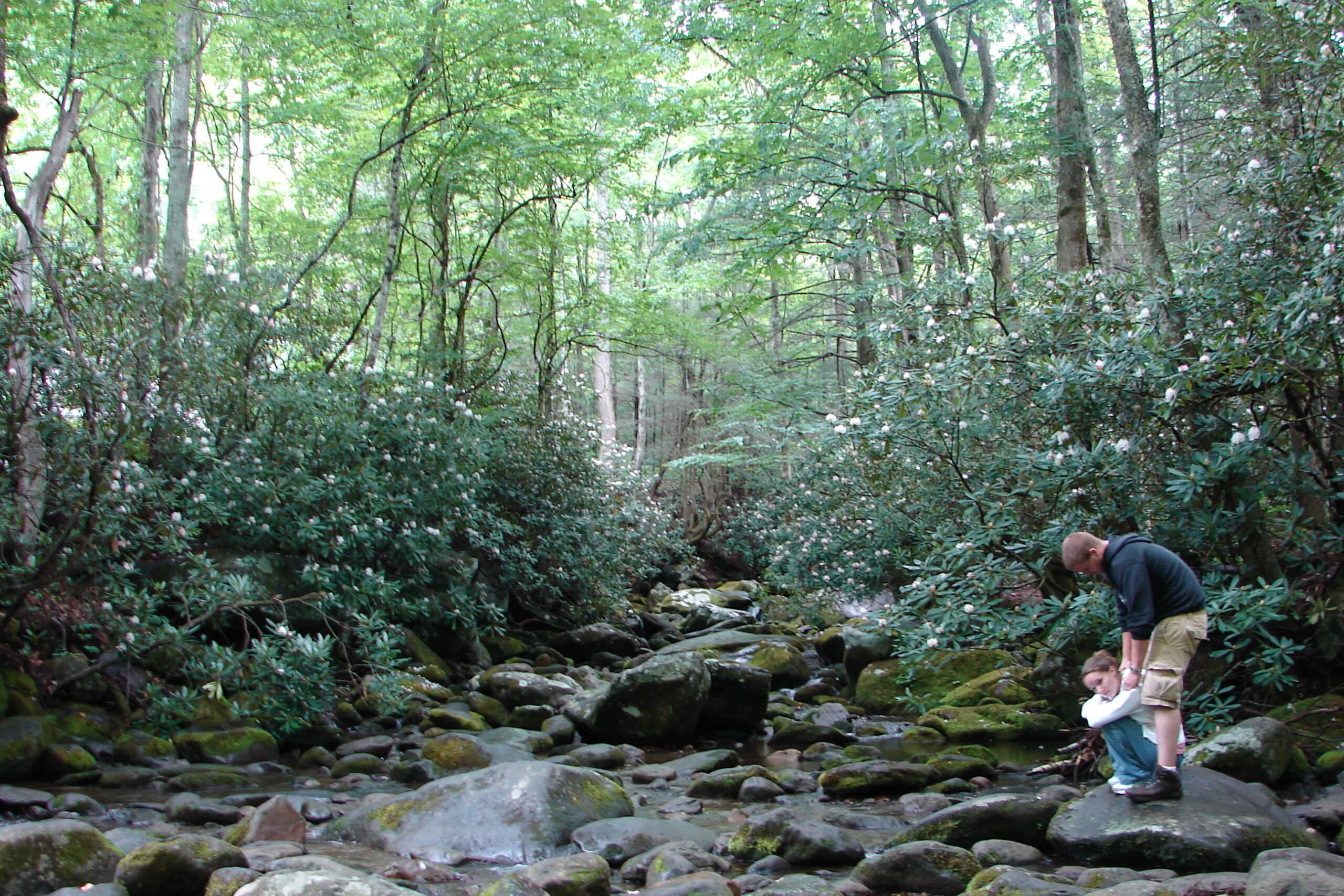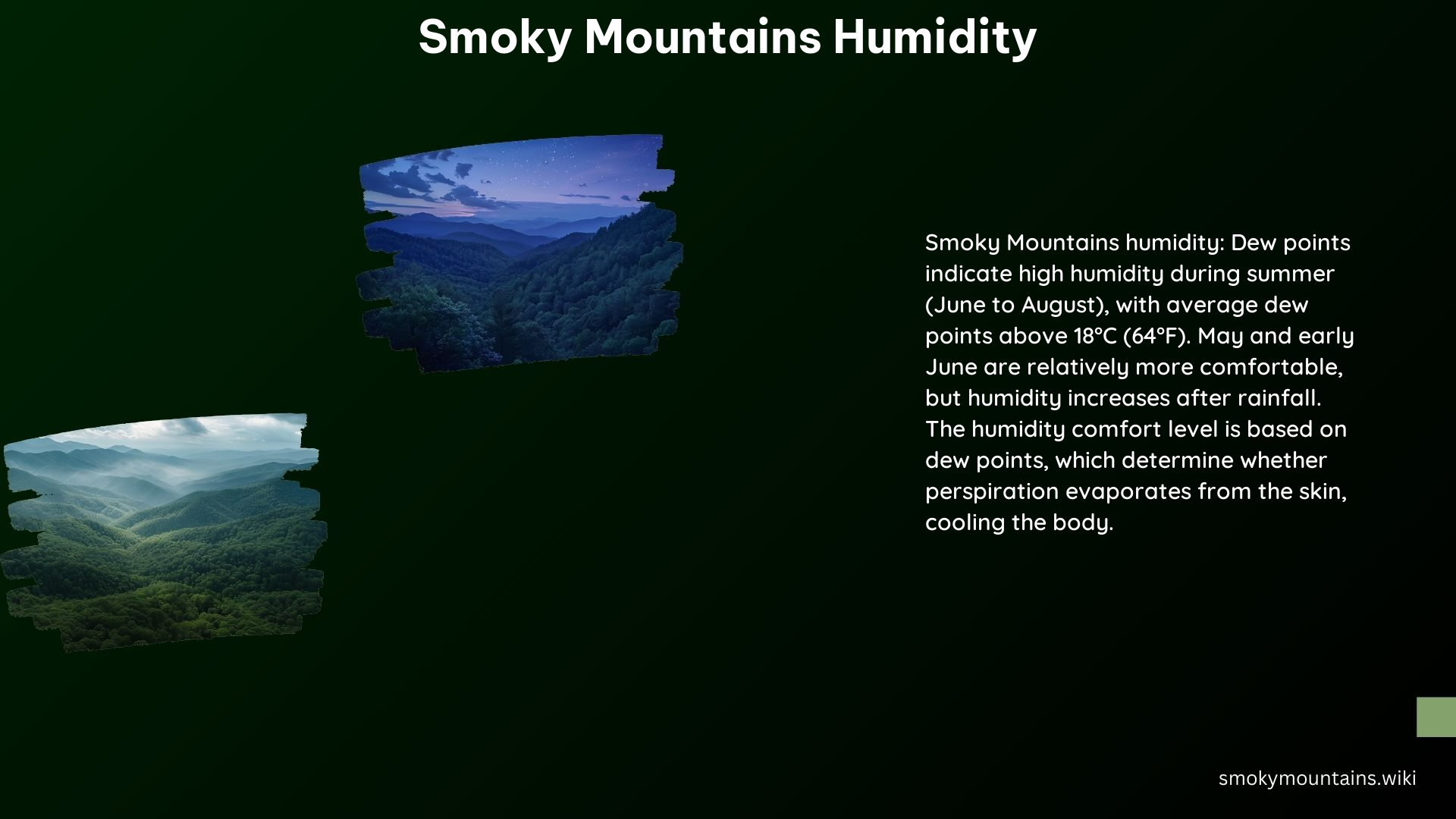The Smoky Mountains are a popular destination for outdoor enthusiasts, but the high humidity in the region can be a significant factor to consider when planning a visit. In this blog post, we’ll explore the humidity levels in the Smoky Mountains, how they compare to other national parks, and provide tips to help you prepare for the humid conditions.
Understanding the Humidity Levels in the Smoky Mountains

Summer Humidity
The summer months (June, July, and August) in the Smoky Mountains are characterized by high humidity, with temperatures often reaching the low 90s Fahrenheit (32°C) during the day and dropping to the lower 70s Fahrenheit (21°C) at night. The humidity levels during this time can be particularly challenging, with dew points indicating a muggy and humid environment.
Comparison to Other National Parks
The Smoky Mountains have a humid subtropical climate, which is different from other national parks like Yellowstone or Yosemite, which have more temperate climates. The humidity in the Smoky Mountains is more comparable to parks in the southeastern United States, such as Great Smoky Mountains National Park.
Preparing for the Humidity in the Smoky Mountains

Clothing
When visiting the Smoky Mountains, it’s essential to pack light, moisture-wicking clothing to help manage the humidity. Bring a rain jacket as well, as rain showers are common during the summer.
Hydration
Staying hydrated is crucial when exploring the Smoky Mountains in humid conditions. Be sure to drink plenty of water, especially during outdoor activities.
Planning Ahead
Check the weather forecast before your visit and plan your activities accordingly. Avoid the hottest part of the day (usually between 11 am and 3 pm) for outdoor activities to minimize the impact of the humidity.
Additional Tips
Layering
Pack layers for your visit, as the temperature can drop significantly at higher elevations or during the evening.
Rainfall
Be prepared for rain, as the Smoky Mountains experience rainfall throughout the year. The month with the most rain is July, with an average of 8.3 inches (21 cm).
Conclusion
The humidity in the Smoky Mountains is a significant factor to consider when planning a visit. By understanding the humidity levels, comparing them to other national parks, and preparing accordingly, you can ensure a comfortable and enjoyable experience in this beautiful natural wonder.
References:
– What to Expect: Weather in the Smoky Mountains Year-Round
– Average Weather in Great Smoky Mountains National Park, Tennessee, United States Year-Round
– Weather in Great Smoky Mountains National Park
